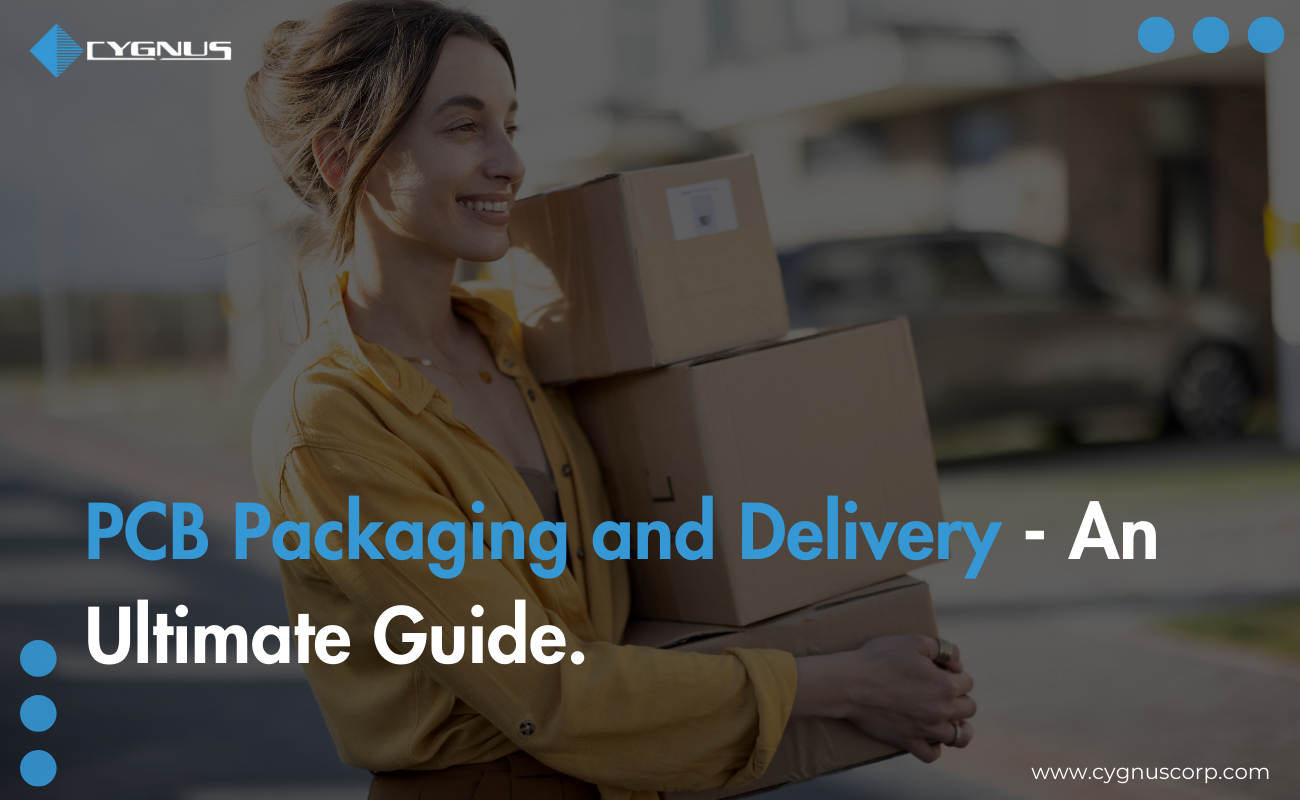When it comes to electronics, ensuring the safe packaging and delivery of printed circuit boards (PCBs) is crucial. PCBs are the backbone of modern electronic devices. It enables them to function as intended. Whether you’re a small business or a large manufacturer, understanding the ins and outs of PCB packaging and delivery can save you time, money, and headaches.
The importance of PCB packaging and delivery cannot be overstated. Improper packaging can lead to damage during transit. Additionally, it renders the PCBs unusable and causes delays in production. On the other hand, effective packaging ensures that the PCBs reach their destination in perfect condition, ready to be integrated into electronic devices.
In this guide, we will explore everything you need to know about PCB packaging and delivery. From the materials used in packaging to the methods of shipping, we’ll cover the best practices to ensure your PCBs are protected throughout the entire process.
Why is PCB Packaging Important?
PCBs are delicate and sensitive to environmental factors such as moisture, static electricity, and physical impact. Proper packaging helps protect PCBs from these hazards and ensures they remain functional and reliable.
Types of PCB Packaging Materials
-
Antistatic Bags:
These bags prevent static electricity from damaging sensitive components on the PCB. They are usually pink or silver and come in various sizes to accommodate different PCB dimensions.
-
Bubble Wrap:
Bubble wrap provides cushioning to protect PCBs from physical impact. It’s especially useful for absorbing shocks during transit.
-
Foam Inserts:
Custom-cut foam inserts hold the PCB securely in place. It prevents movement and provides additional cushioning.
-
Moisture Barrier Bags:
These bags protect PCBs from moisture, which can cause corrosion and other damage.
Steps in PCB Packaging
- Clean the PCB: Before packaging, ensure the PCB is clean and free from dust and debris.
- Wrap in Antistatic Bag: Place the PCB in an antistatic bag to prevent static damage.
- Cushion with Bubble Wrap or Foam Inserts: Wrap the antistatic bag in bubble wrap or place it in a foam insert for added protection.
- Seal in Moisture Barrier Bag: For additional protection, seal the wrapped PCB in a moisture barrier bag.
- Place in a Sturdy Box: Choose a box that is strong enough to withstand the rigors of shipping. Place the PCB package inside and fill any empty space with packing peanuts or foam to prevent movement.
- Label the Package: Clearly label the package with handling instructions, such as “Fragile” and “Handle with Care.”
Choosing the Right Shipping Method
The shipping method you choose depends on the size, weight, and destination of your PCB package. Here are some common shipping methods:
-
Courier Services:
For small to medium-sized packages, courier services like FedEx, UPS, and DHL offer reliable delivery options. They provide tracking services to monitor the shipment’s progress.
-
Freight Shipping:
For larger shipments, freight shipping is a cost-effective option. It involves transporting goods by truck, ship, or plane and is suitable for bulk orders.
-
Postal Services:
For lightweight and small packages, postal services can be an affordable option, though they may have longer delivery times compared to couriers.
Tracking and Insurance
-
Tracking:
Choose a shipping method that offers tracking services. This allows you to monitor the progress of your shipment and provides peace of mind.
-
Insurance:
Insure your PCB shipments to protect against loss or damage during transit. Most courier and freight services offer insurance options.
Tips for International Shipping
- Ensure all necessary customs documentation is complete and accurate to avoid delays at the border.
- Be aware of any tariffs or taxes that may apply to your shipment and factor these into your shipping costs.
- Familiarize yourself with the shipping regulations of the destination country to ensure compliance.
Hire Cygnuscorp for PCB Packaging and Delivery
We take extra care in packaging to ensure your PCB consignment arrives in perfect condition.. Our specialized packaging combines anti-static materials and anti-moisture desiccant bags, which are vacuum-sealed to prevent any moisture damage. Moreover, we include padding materials to make the package shock-proof in order to safeguard the PCBs against rough handling.
Once packaged, we entrust your consignment to a reputable courier company for timely delivery to your destination. But that’s not all for us, we also include a comprehensive set of PCB assembly documents with your shipment.
This includes essential files such as the Bill of Materials (BOM), PCB Gerber and CAD data, PCB schematics and fabrication drawings, test specifications, quality specifications, and regulatory requirements. This ensures you have everything needed for seamless integration and compliance.
Conclusion
PCB packaging and delivery is a critical aspect of the electronics manufacturing process. When you follow best practices for packaging and choose the right shipping methods, you can ensure that your PCBs arrive at their destination safely and in perfect condition.
Proper PCB packaging and delivery not only protect your investment but also maintain the quality and reliability of your electronic products.
Additionally, always use antistatic bags, bubble wrap, and moisture barrier bags for optimal protection, and choose a reliable shipping method with tracking and insurance options. With these steps, you can achieve successful PCB packaging and delivery every time.




